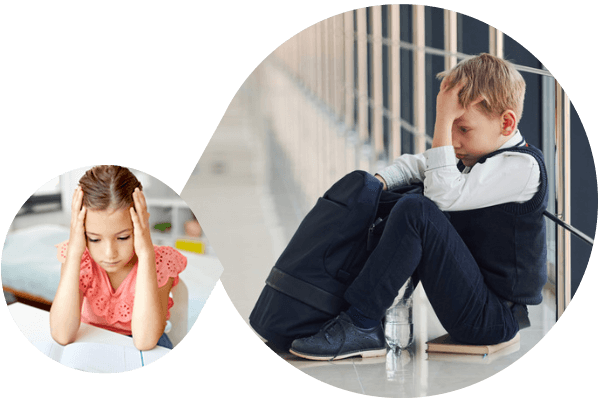
The Australian Dyslexia Association (ADA) says, “Dyslexia is best understood as a persistent difficulty with reading and spelling.” That can make life more difficult, affecting learning and self-esteem.
At Neurofit, we do not dyslexia, but we do support many people living with it.
The brain is a marvellously adaptive organ. It can change and develop new neural pathways in response to the right stimulus. It works best when there’s a balance between its two sides and good communication between them.
That’s what we focus on at Neurofit Brain Centre.
For adults and children with dyslexia, we begin with a thorough assessment of your condition and discuss the ways in which it is affecting your life. Then we recommend a therapy program – most often with dyslexia, we focus on stimulating the left side of your brain.



A person with dyslexia may:
![]() As the ADA notes, “A student with dyslexia will have a particular difficulty with single word reading networks that are brain based (neurological).”
As the ADA notes, “A student with dyslexia will have a particular difficulty with single word reading networks that are brain based (neurological).”
The central difficulty is converting letter symbols to their correct sound (known as decoding) and converting sounds to their correct symbols (known as encoding or spelling).
Examples include difficulties in:
Dyslexia does not mean a lack of intelligence – people with dyslexia are often just as smart as their peers. Indeed, individuals with dyslexia may have many strengths such as:
They may also have higher level language skills (like listening and speaking) that help them read and understand stories by gleaning clues from the context. That can mask their difficulties with reading individual words alone (decoding).
Like their peers, children with dyslexia want to do well at school and may become frustrated and discouraged when they don’t succeed despite trying hard. Because dyslexia isn’t always picked up quickly, children may have been told to try harder or be more careful when they’re doing their level best.
Children with dyslexia may feel:


Adults with dyslexia may experience similar difficulties to kids with the condition but are usually juggling more responsibilities.
As an adult with dyslexia, you may:
Dyslexia undeniably makes life more difficult and can complicate further education and workplace advancement. That said, many adults with dyslexia go on to enjoy successful adult lives by developing personal resilience and accessing the right support.